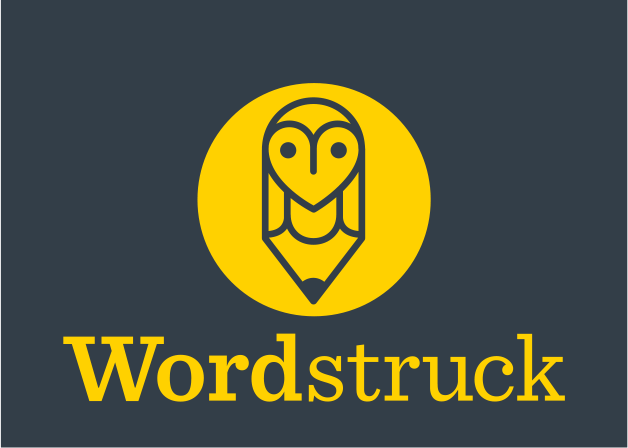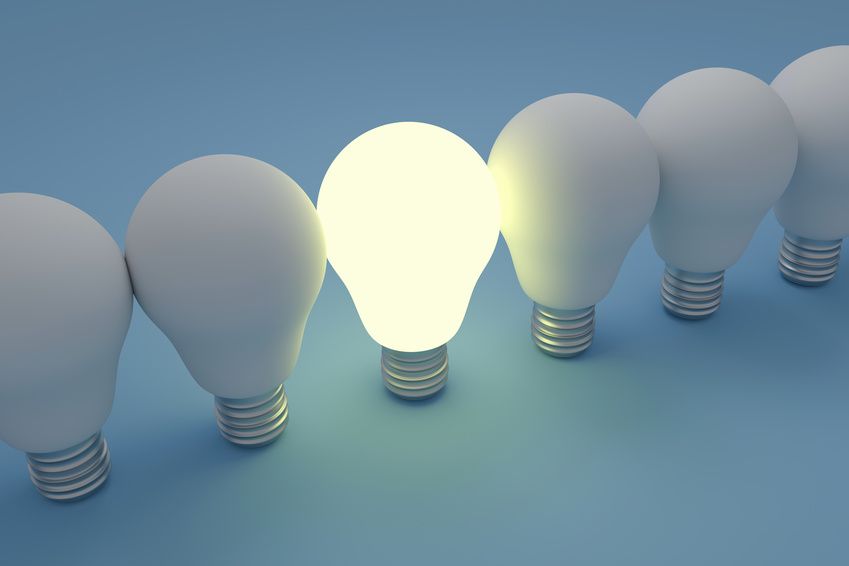The hottest phrase on people’s lips at the moment is unconscious bias. I’ve been speaking to CEOs in insurance, professional services, in start-ups and in government, and they are all saying that to improve gender diversity we need to address our unconscious biases.
Google kicked off this trend in May 2014 when it published its woeful diversity statistics and pledged to do better. Since then, writes Ellen Huet, in Forbes, the search giant has put its 50,000+ workforce ‘through workshops on how to understand and stop unconscious bias, which is the set of deep-in-the-brain automatic preferences that almost all humans have.’
Facebook has followed along with countless other corporates worldwide. Even though these workshops can help in showing up our prejudices, experts in the field worry that there isn’t enough follow-through to make long-term change.
At Anecdotewe know that when we run Storytelling for Leadersworkshops, one day isn’t enough. That’s why we have a six-month ongoing program to help embed the changes.
We also know stories can shift entrenched views. Unlike an argument which is a push factor, stories are a pull factor. When we argue with someone and give evidence to prove a point, it can actually trigger someone’s confirmation bias. This means they believe their viewpoint even more strongly — making it harder to win them over.
Now, there are literally dozens of different biasesthat we can have which prevents us thinking or perceiving rationally. Even though our brains are powerful machines, all humans make errors in processing information. This means that when we meet someone for the first time — man / woman; black / white; abled / disabled — we can quickly come to a misguided conclusion about that individual. Canadian bioethicist and futurist, George P. Dvorskyspells out the 12 common biases in more detail.
HOW TO USE STORIES TO CHALLENGE UNCONSCIOUS BIAS
So, what fascinates me, is how we can use stories to effectively overcome our biases. This was illustrated perfectly last month when I went to a Women in Leadership lunch at the American Chamber of Commerce. On the panel, Dana Feldman, Head of Enterprise Sales Solutions at LinkedIn was describing how they are addressing gender diversity in the Sydney office.
I’m paraphrasing here. Feldman described how, at a casual lunchtime group for men and women, they addressed unconscious bias. After the meeting one of the men went to do an interview with a new job applicant for a sales role. It was a female applicant and at the end of the interview the male LinkedIn employee felt that she wasn’t right for the role; on his feedback form, he wrote that ‘she was too aggressive.’
He went to the recruiting officer and dropped off the form. As he got in the lift to go back to his desk, he had one of those Ah-ah moments. He asked himself, would he have had written that if it had been a man? No, he probably wouldn’t. He turned around, went back down the lift and changed what he’d written on the form.
The female applicant went through to the next round of interviews. Not only that, she got the job.
For me, this is a stunning example of how powerful unconscious bias training can be — but also how a story in so few words can illustrate this. And, of course, how it has the potential to change lives.
Over to you. How can we use story to overcome our unconscious bias — and to really affect change?

